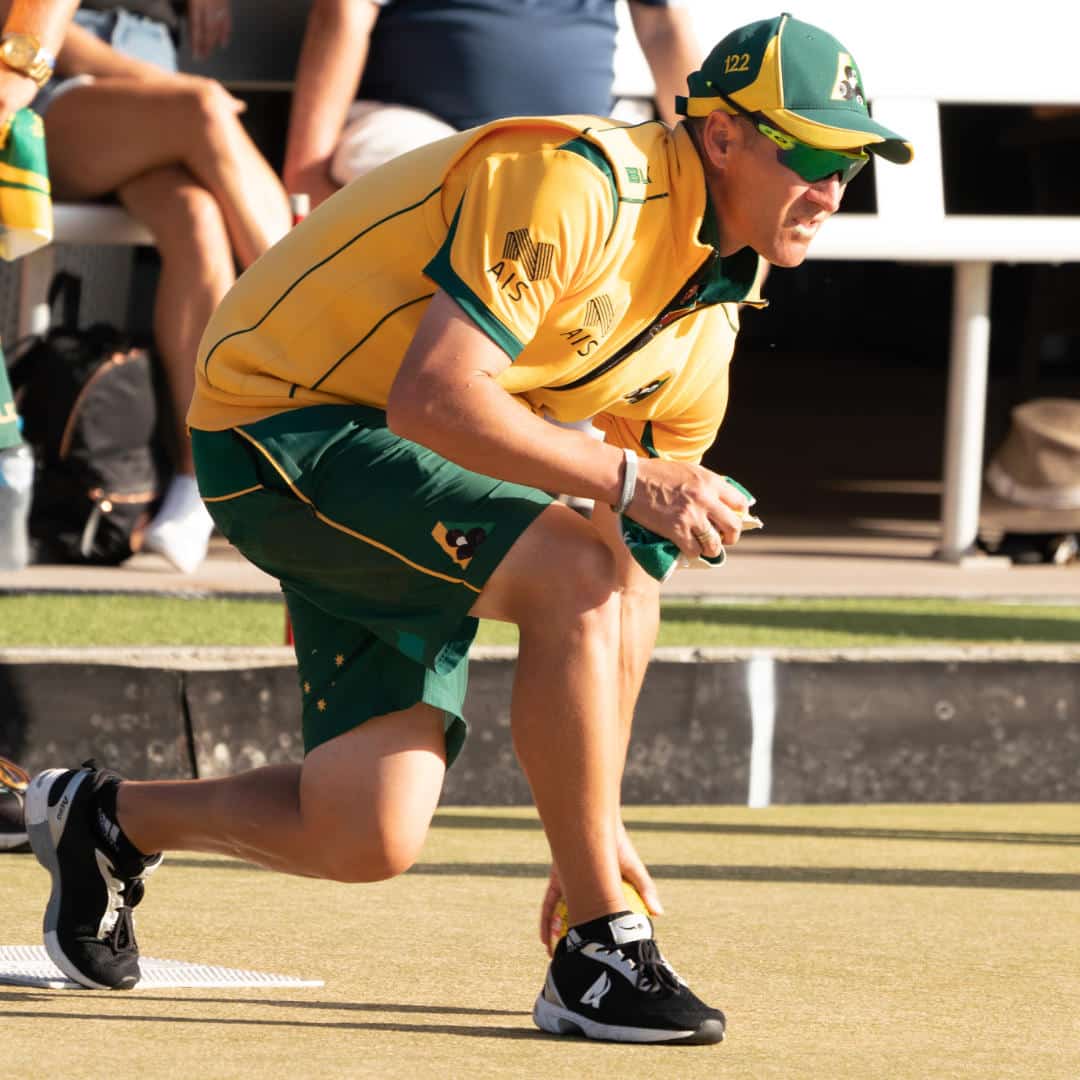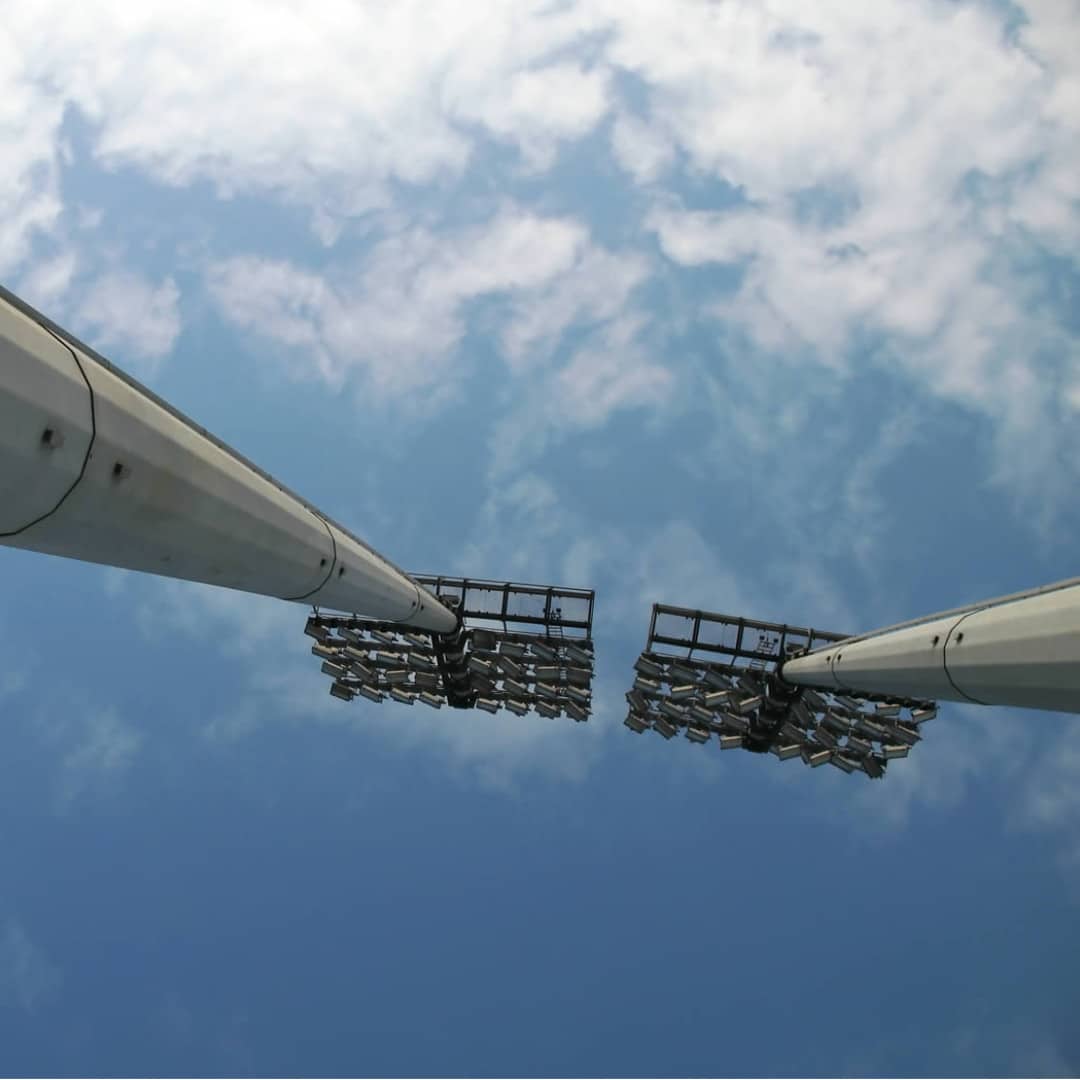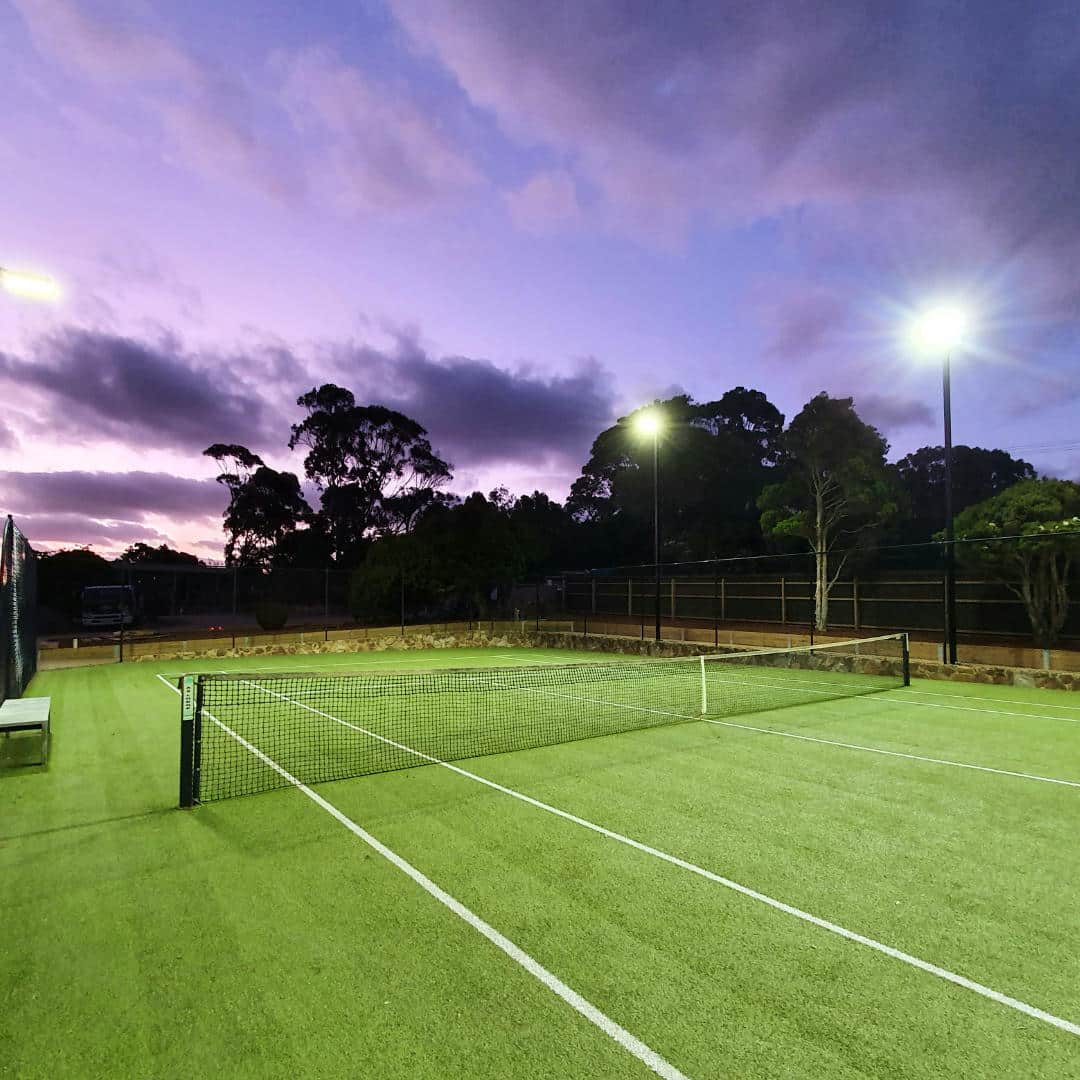
We often get asked the question ‘Can I replace metal halide bulbs with LED bulbs in the same fitting?’ Whilst this would be nice and convenient it is unfortunately not possible at present. That is not to say it will never be possible. As most of us over-30-year-olds can testify, things that were totally impossible are suddenly and surprisingly ubiquitous the next minute. For those under 30 nothing is any longer regarded as impossible, so watch this space!
Although all lamps generate heat in some form or another, the way metal halide and other traditional forms of lighting work is very different to LED. Metal halide lamps push their heat forward. This means that they need a glass or high-temperature plastic cover to cope with the heat. However, the body or frame holding the bulb itself can be light and thin, often mild steel or plastic as there is no heat coming out the back of the lamp. By contrast LED’s generate a lot of heat but it flows out the back, with very little coming forward. In this way a plastic lens can be used for the front, but requires an aluminium heatsink as the back part of the housing to help remove the heat build-up. This simple contrast means that (for the moment) the way the 2 types of lamps operate is fundamentally too different to be able to make the change simply by replacing bulbs.
Whilst we are aware there are products on the market which claim to do this swap out, be very careful. At this point a realistic wattage replacement is 1.2kW of LED for a 2kW of metal halide power. As of mid-2018 this would be regarded as a highly efficient sports light. This means that the heat generated is equivalent to 240 x 5W domestic lamps, but crammed into a light that is about 600 x 600mm. If you were to further reduce this size to that of a 2kW bulb, it is technically, and practically, impossible to remove the heat. As a build-up of heat would destroy the LED’s, this leaves the only other conclusion that it cannot therefore produce the right amount of energy. This is of course simple to prove. Get lux readings of your existing lighting layout and then ask the supplier of the alternative bulbs to do the same. If they don’t have the facility to produce lighting layouts it is very unlikely that the product will work. If they can prove that it works then you know that science has again progressed and we need to do some catching up.
The response is often ‘Well it works at home!’ This is perfectly true and is only possible due to the low current draw of these lamps and, consequently, the low amounts of heat that will be generated. The more that is expected out of a lamp in terms of light output, the more heat will be generated. Domestic lamps are often only 3 or 5W but produce a good glow in their setting. Compared to a high intensity lamp like a sports fitting, these domestic units are very large by comparison, giving a lot of surface area which also helps dissipate heat. If a sports light was created that used domestic 5W bulbs it would likely measure more than about 2sqm. Space in the ceiling of house is not really at a premium, hence light fittings don’t have to be very streamlined. However, having a large and heavy light 25m in the air increases the cost and engineering challenges for the pole manufacturers. Additionally, if clubs are wanting to replace metal halide fittings with LED, the modules have to be similar to the metal halides in dimensions and weight for the same reason.
The only viable solution currently is to have a module that is matched in size and weight as mentioned, but then also has optimised light output to compare with the metal halide.
So, proceed with caution if the option looks too simple and cheap. As with most things in life, if it looks too good to be true, it may be just that!


